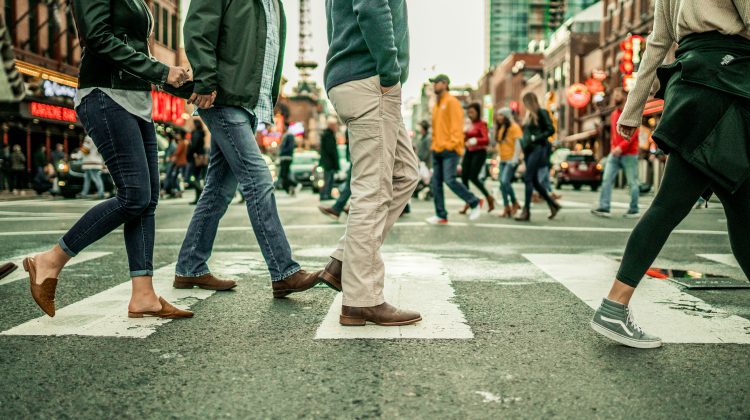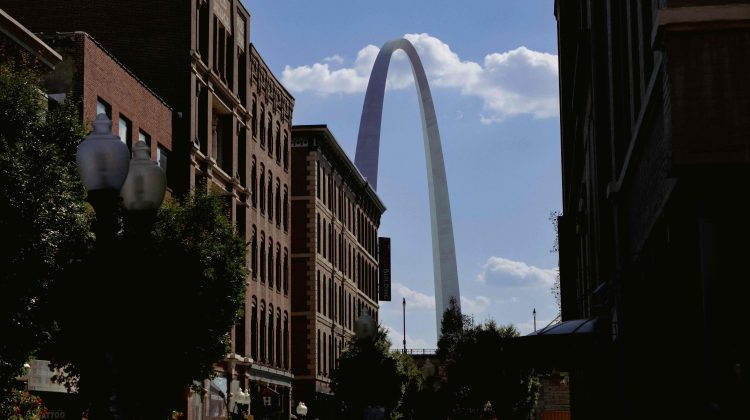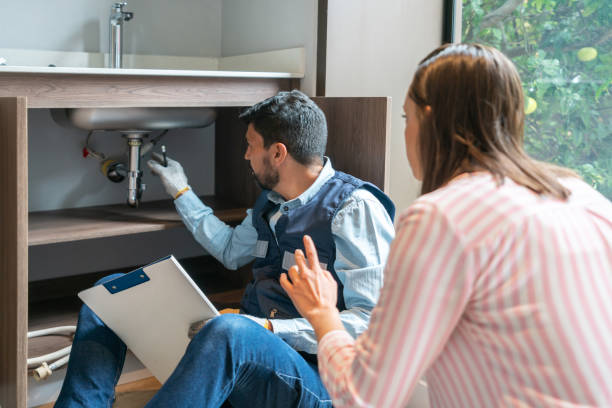For years, Americans have gravitated toward bigger vehicles: SUVs, pickup trucks, and crossovers that promise more comfort, more space, and, above all, more safety. But while large vehicles may offer better protection for their own occupants, growing evidence suggests they also make the roads more dangerous for everyone else. A recent analysis by Meyers & Flowers revealed a key finding: large vehicles tend to shield their drivers and passengers while increasing the risk of serious injury or death for those in smaller cars or on foot.
Bigger Doesn’t Always Mean Safer
It’s easy to understand why drivers feel safer in larger vehicles. SUVs and trucks sit higher off the ground, offer more steel between passengers and impact points, and often earn strong crash-test ratings. But that perceived security has a downside: it’s largely one-sided.
According to the Meyers & Flowers data, occupants of large SUVs or light trucks suffer far fewer fatalities in two-vehicle crashes compared to occupants of smaller sedans, hatchbacks, or compact cars. In collisions between a light pickup and a small hatchback, for example, the smaller car’s occupants made up as much as 65% of the fatalities, while pickup occupants represented only around 10%.
That means vehicle size and weight don’t just affect crash outcomes, they determine who bears the brunt of the damage. The larger the difference in size and weight, the greater the danger for the people in the smaller vehicle.
The Weight and Height Problem
Beyond weight, the shape of large vehicles plays a major role in crash outcomes. Taller hoods and higher bumpers mean that when a crash occurs, the energy is transferred into the windows and passenger cabin of smaller cars rather than into the crumple zones designed to absorb impact.
That same height is also deadly for pedestrians and cyclists. The front ends of SUVs and trucks are often tall enough to strike the chest, neck, or head of a person, areas where injuries are far more likely to be fatal. Researchers at the Insurance Institute for Highway Safety (IIHS) have found that SUVs and pickups are two to three times more likely to kill a pedestrian than smaller passenger cars.
And as vehicles grow even larger, with some new pickups weighing as much as a small delivery truck, the risks are only rising.
Where Can We Go from Here to Prevent Fatal Crashes
Reducing the hazards associated with large vehicles won’t happen overnight, but awareness is a crucial first step. Drivers can start by recognizing that safety isn’t just about protecting themselves, it’s about minimizing harm to everyone else on the road.
- Stay alert: Avoid phone use, texting, and other distractions, especially in large vehicles where visibility and braking distance are already challenges.
- Know your blind spots: Large SUVs and pickups have significant blind zones, particularly in front of and behind the vehicle. Double-check before turning or backing up.
- Drive defensively: Always practice driving defensively and give extra room when driving near smaller cars, cyclists, or pedestrians.
- Support smarter design: Advocate for safer vehicle designs, lower front-end profiles, better pedestrian detection systems, and transparency in crash-test data that reflects risks to others, not just to the driver.
Shared Responsibility Between Drivers
The road is a shared space. As vehicles grow in size and power, so does each driver’s responsibility. Bigger cars may make their occupants feel secure, but true safety means protecting everyone, not just the people inside the largest vehicle. The next time you’re behind the wheel of an SUV or pickup, remember: your vehicle’s strength can be someone else’s vulnerability. Keeping our roads safe starts with recognizing that every pound of metal we drive carries both privilege and responsibility.




No Comment